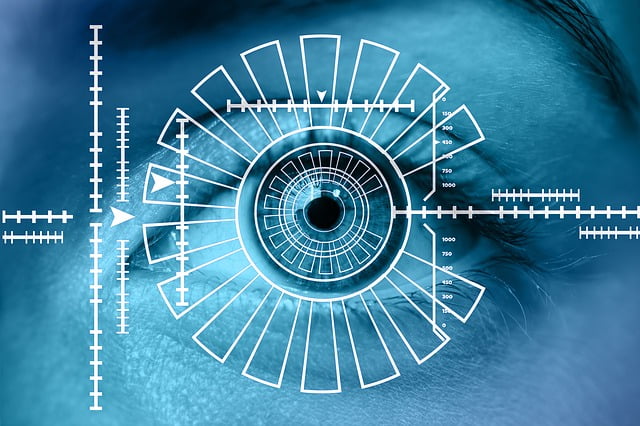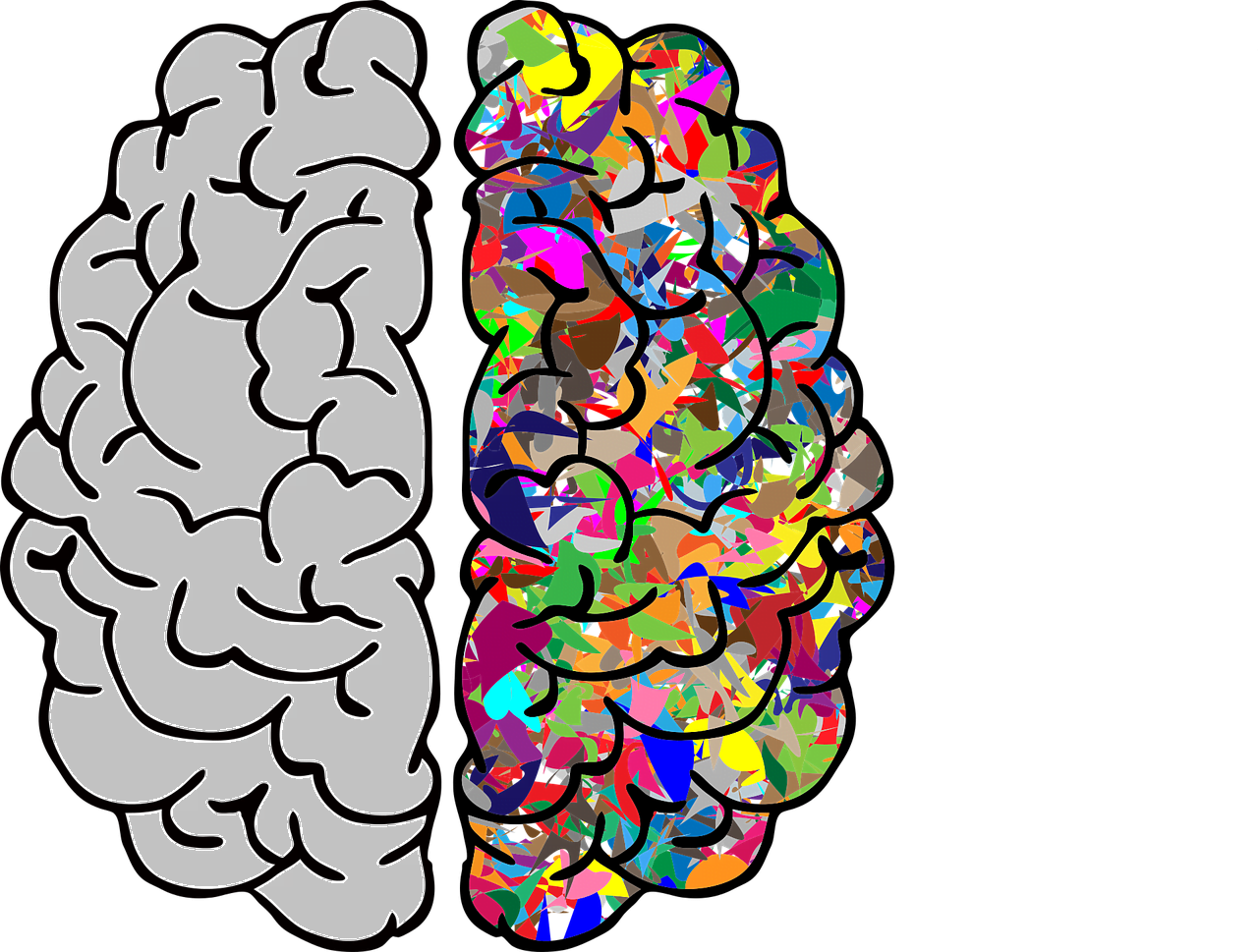According to Stanley Kubrick’s 2001: A Space Odessy, 18 years ago we would be regularly making commercial trips to the moon and sending people to Jupiter. Even Back to the Future Part II had hoverboards and flying cars by 2015. Even though we don’t have that type of tech (yet), we are getting close to sci-fi status with advancements in biometrics and microchips.
What are biometrics?
Biometrics are measurements based on an individual’s behavioral or biological characteristics. Like facial features, retina pattern, voice cadence, fingerprint pattern, or DNA makeup. Sci-fi and spy movies have been popularizing biometrics as a security measure for decades.
Today, biometrics are becoming increasingly popular for everyday passwords. If you have a smartphone, there’s a good chance you unlock it with your fingerprint or facial recognition. That’s biometrics already integrated into daily behaviors.
This tech is not just limited to consumer products for our own convenience. The Department of Homeland Security (DHS) uses facial recognition to detect and prevent illegal entry into the United States. Transportation Security Administration (TSA) is looking to use biometrics to speed up security lines. While airlines are already scanning faces as boarding passes for passengers to board a flight.
What is microchipping?
Microchipping is a bit more new to the scene. It refers to the process of implanting a small microchip under the skin. The chip can then scanned or used as a GPS locator. Microchipping is a common procedure for animals and is required in some countries. For humans, it’s only recently been a bit more accepted.
In Sweden, thousands of people are microchipped and use the tech to accomplish tasks in their daily lives. The chip is placed just below the skin on their hands and can be easily waved in front of scanners. Some use the chip to access buildings or as e-tickets for the train. The chips can even house emergency contact data or social media info that one may want to easily share with others.
There’s no doubt that biometrics and microchipping are more secure than passwords or PINs. Within the workplace, that can be crucial for mitigating data leaks and deterring hackers. Biometrics and microchipping both have the potential to optimize the performance of employees and increase workplace safety. Fingerprint scanners are already even being used on time-clocks to prevent employees from punching in/out for each other.
Words to think about… data privacy
While there are benefits to this tech, there’s also a word of caution. Any collection of employees’ data raises concerns about data privacy. Laws are also starting to adapt to the new tech landscape and new legislation can be tricky to navigate.
This is especially crucial because an individual’s biometrics can not be changed. If a password is stolen, it can easily be changed. But fingerprint scanners can still be hacked too. What will be that employee’s option going forward to keep their information safe?
Microchipping raises even greater concerns. Most chips can be used to track the location of the person using it, which was the primary use for pets. Yes, most employees have to badge in and out of the building already, which is a form of tracking. But, you can take your badge off, whereas a chip can not be so easily removed.
Transparency, disclosure, and consent can all help lessen concerns around data privacy. You want the employees to trust in the company’s fiduciary responsibilities to keep the data protected and not used unethically or without consent. If biometrics and microchipping are a possible future for your company, make sure to have a thorough data privacy policy. Communication will be a key factor in making sure your employees feel their privacy is protected.
An HR dashboard is a tool to help manage all the HR data and metrics. It’ll take the time-consuming task of collecting and calculating the metrics off your plate so you can focus on the analytics. The HR dashboard will even create intuitive visualizations to make it easier to tell the story behind the data.
Sign up today for a free demo of our automated HR dashboard.












